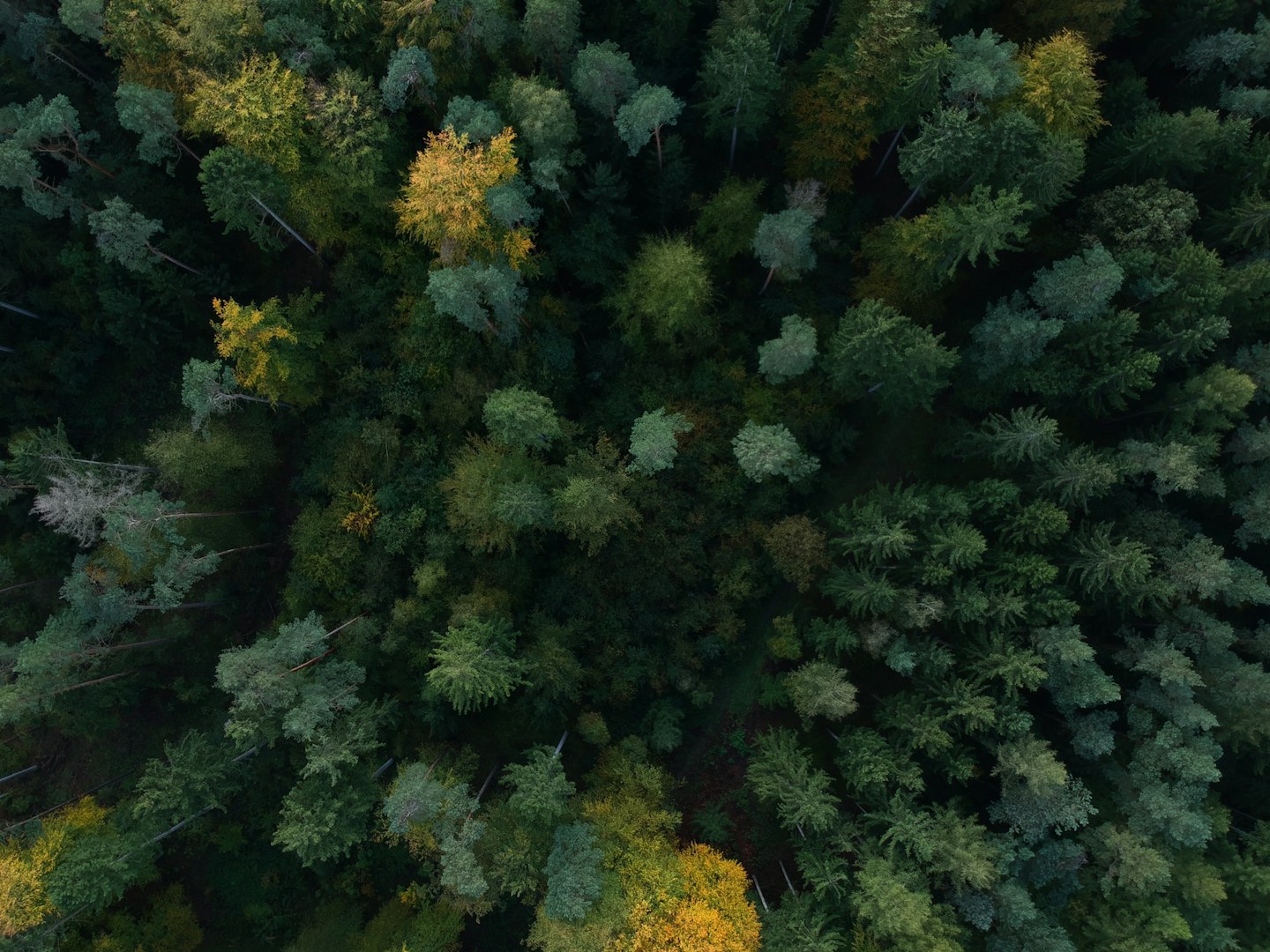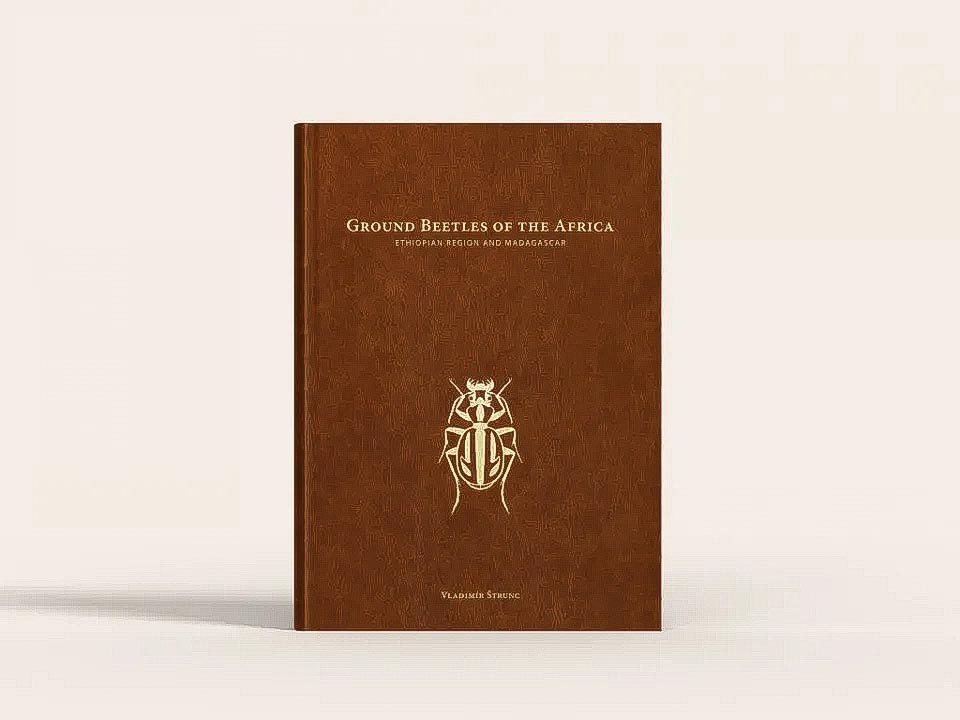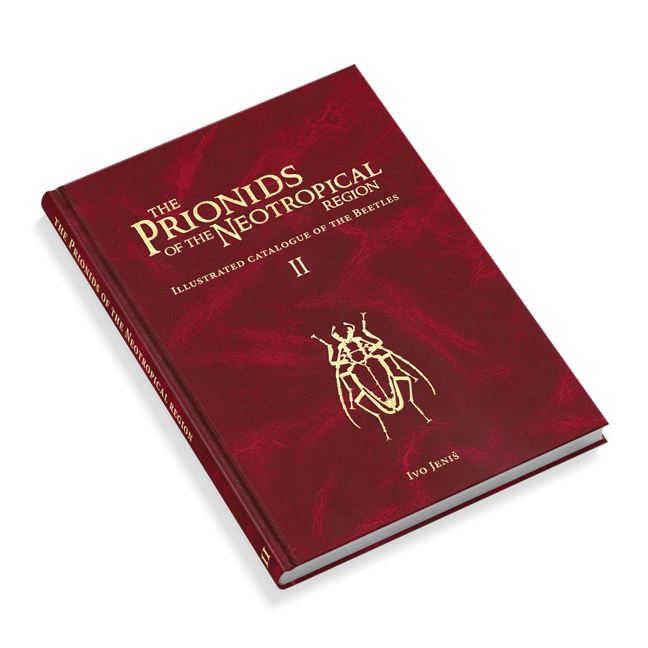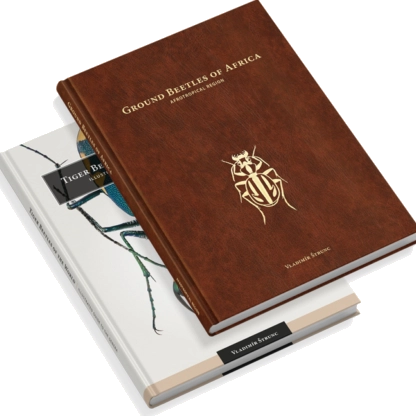
New eBooks - Carabidae, Cerambycidae ...
Buprestidae
Introduction to the world of Buprestidae

Introduction to the world of Buprestidae
- Description of the Buprestidae, their role in the ecosystem
- Historical overview of Buprestidae research
- The importance of Buprestidae in different cultures and myths
Anatomy and physiology
- Detailed description of the body structure of dwarf bustards
- Unique physiological adaptations of the Buprestidae
- Reproduction and developmental cycle
Diversity and classification
- Overview of the different genera and species of Buprestidae
- Geographical distribution and speciation
- Criteria for identification and classification
Ecology and behaviour
- Role of Buprestidae in ecosystems
- Examples of interrelationships with plants and other animals
- Behavior of dwarfs and its study
- Economic importance (pests, collecting, jewellery)
- Species conservation and environmental impact
Threats and conservation
- Main threats to Buprestidae populations
- Symbolism and importance of Buprestidae in different cultures
- Inspiration of dwarfs in design and technology
- Future directions for research and conservation
The family Buprestidae, commonly known as the dwarf insects, is a fascinating and diverse group of insects that includes more than 15,000 species distributed worldwide. Easily recognisable by their striking metallic sheen and often brilliant colours, these beetles are not only visually striking but also play a specific and often double-edged role in natural ecosystems.
A characteristic feature of karst is its flattened, elongated body, which can range in length from just a few millimetres to more than 6 centimetres in the largest species. Their elytra, hard wing covers, protect the fragile flying wings while providing a unique platform for displaying a variety of patterns and colors that can serve as camouflage or warning signals to predators. The antennae are short and 'S' shaped or sawtooth, another of their identifying features.
In ecosystems, dwarfs often appear in their role as wood-boring organisms. The larvae of many species feed on the wood of trees and shrubs, where they bore long tunnels. However, this way of life has two different impacts on nature. On the one hand, karst larvae can help decompose dead or weakened wood, contributing to nutrient recycling and keeping forest ecosystems healthy. As a result, dead wood becomes a food source for other organisms and provides habitat for many species of insects and other animals.
On the other hand, some species of karst can cause significant damage to living trees, which can lead to weakening or even death of trees. An important example is the spruce budworm (Agrilus anxius), whose larvae feed under the bark of spruce trees and can cause massive forest damage, especially in North America. As a result, dwarf spruce beetles can be considered a pest in forestry and horticulture, especially when their populations increase dramatically.
In addition to their direct impact on trees and forest ecosystems, dwarfs can have indirect effects on other species. For example, their tunnels in wood provide nesting sites for some species of bees and wasps, which are important pollinators. Also, by serving as food for birds, reptiles and other insectivores, dwarfs are an important link in the food chain.






